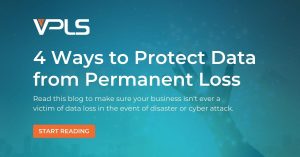
Cloud Backup: 4 Ways to Protect Data from Permanent Loss
The bottom line is, if you cannot prevent data loss during a natural disaster or a cyber-attack, your business could be exposed to a financial loss. To make sure that never happens, here are some ways you can prevent data loss altogether.
